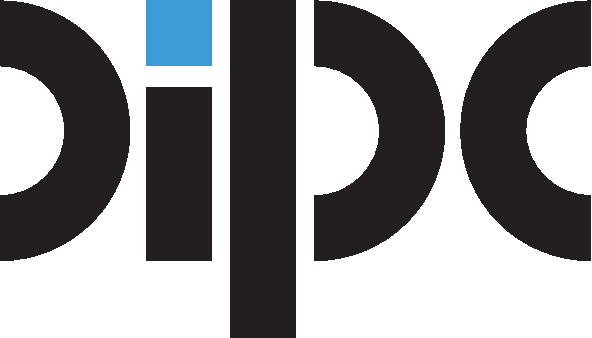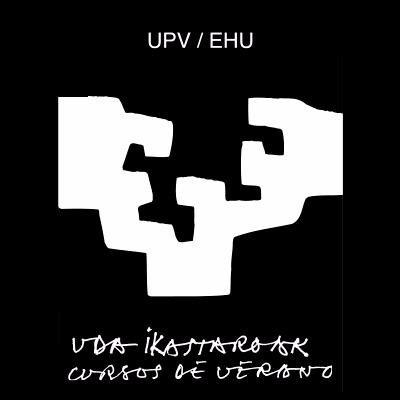



Invited
Quasicrystals and approximants in two-dimensional perovskite oxides
1Institute of Physics, Martin-Luther-Universität Halle-Wittenberg, Halle, Germany
2Max-Planck-Institut für Mikrostruktruphysik, Halle, Germany
When approaching the two-dimensional limit, oxides are known to exhibit strong variations in their structures and properties as compared to the respective bulk materials [1]. One of the extreme examples are the two-dimensional oxide quasicrystals (OQCs), which have been discovered for reduced perovskite oxides at the Pt(111) interface [2, 3]. OQCs have been reported for BaTiO3 and more recently also for SrTiO3. Furthermore, approximant structures have been observed, in which selected motifs of the OQC are periodically repeated. In Figure 1a an example of a simple approximant structures is given, which has been observed for BaTiO3 [4]. The more complex approximant structure shown in Fig. 1b has been reported for SrTiO3 [3]. The later is almost indistinguishable from the aperiodic structure in an diffraction experiment. Our studies unravel OQCs as best-controlled QC model systems for addressing the fundamental questions related to the driving forces for aperiodic structure formation.

Figure 1: Comparison of periodic approximant tilings (a, b) and the aperiodic Stampfli-Gähler tiling as observed for OQCs (c). The OQC tiling lacks translational symmetry.
[1] F. Netzer, S. Fortunelli (eds), Oxide Materials at the two-dimensional limit, Springer (2016).
[2] S. Förster, K. Meinel, R. Hammer, M. Trautmann, W. Widdra, Nature 502, 215 (2013).
[3] S. Schenk et al., J. Phys.: Condens. Matt. doi.org/10.1088/1361-648X/aa5bdb (2017).
[4] S. Förster et al., Phys. Rev. Lett. 117, 095501 (2016).